How often have you returned home, uploaded images and thought, ‘Hmm, I am sure that sunset was more golden’? Or ‘this snow was much whiter’? It is essential to understand white balance because shooting with the incorrect setting can ruin your photos. This article will help you find out more and learn how to use this option in digital photography. [ExpertPhotography is supported by readers. Product links on ExpertPhotography are referral links. If you use one of these and buy something, we make a little bit of money. Need more info? See how it all works here.]
What Is White Balance in Photography?
White balance determines how accurate are the colors of your photograph. The way our eyes see colors is very different from the way our digital devices decode them. Our brain is smart and adapts to different lighting conditions. If you enter a room with a yellowish light, your eyes will still decode a piece of paper as white. Even if it looks yellow first. Digital cameras are not that clever. They only try to guess the right color temperature. In digital photography, the settings on your camera and external lighting factors control the white balance. There is huge potential for your images to look wrong when you get them up on the screen. But there is a system photographers use to get color right from the camera to the final image. All light has a color which has a temperature. Different colors of light create different temperature hues in your image. The color temperature scale used for light is the Kelvin Scale. At the lower end of the scale, 2000-4000k shows warm light of reddish yellows. At around 5500k, the color is pretty much what we see at noon on a sunny day. As the scale climbs, the light gets progressively bluer. At about 10,000K we reach the very blue light of a typical flash gun.
How Your Digital Camera Interprets Color Temperature
Our cameras have a separate temperature sensor that examines what the color cast of the light is. If we use the AWB (auto white balance) setting, we can let that sensor guess and select the right color temperature. For the most part, this sensor is very accurate. But a large block of a single color hue can fool it. For example, a prominent blue car or a woman wearing a bright red dress. In this case, the color sensor will see the image as being redder than it is in reality. And it will overcompensate by turning the image bluer and greener. This overcompensation often happens with those beautiful sunset pictures. The overabundance of red light fools the camera sensor into adding bluer. This neutralizes the scene.
White Balance Camera Preset Options
All modern digital cameras have Auto White Balance mode and also several presets. These include Tungsten lights, Fluorescent lights, Daylight, Shade, Cloudy and Flash.
If you find that a deep, overcast day gives you too much blue, switch to ‘Shade’ or ‘Cloudy’. These should warm your image up. If you are shooting under tungsten light using AWB, switch to ‘Tungsten’. This will balance out your color temperature. Use it only under tungsten bulbs. Otherwise, your photo turns into blue. You don’t always have to use a specific preset for a particular light. An excellent way to maintain the saturation of sunsets is to set the Shade or Cloudy preset. This adds extra warmth to the image and keeps that sunset looking real.
Presets are a quick and simple solution to getting good white balance photography. But they are not always perfect. Your best bet is to use a white object, or as close as you can get, to set an automatic white balance. After that, you can alter the white balance you see in the post-processing software. Preset white balance can only get you so far for accurate colors. For more help, there are plenty of photography tutorials helping you get the best out of your scene, be them with a blue sky or overcast sky. You can experiment with two other modes. We discuss the Preset (PRE) and the K options later on.
Practical Photo Examples With Preset White Balance Options
Auto White Balance is often suitable for daylight situations. In a different light, it’s guessing what the white balance should be. The most common example for this is when shooting indoors in tungsten light. To show how the different modes affect the color temperature of an image, check out the photo below. The model had the sun setting behind her. In typical digital cameras, these are the white balance settings you can choose from: Auto White Balance: Good if you don’t know what you’re doing. It works well in sunlight but is unsuitable for most situations.
Daylight: Auto white balance mode can be right in daylight but not perfect. I would use this balance in daylight. Most people tend to stick to auto. It’s because they find it the safest option in the beginning. But look how different it can get!
Shade: Auto mode makes photos look a little cold in the shade. Using this preset will be a lot more accurate.
Cloudy: Again, this is pretty self-explanatory.
Tungsten: This light comes from incandescent bulbs found in your home. Your photos will come out very warm with an almost orange color cast in this environment.
Fluorescent: This comes from tube lighting conditions found in offices and hospitals. It results in cold color temperature and can make your photos appear blue. This is also why offices have that nasty sterile feel.
Flash: This compensates for the somewhat cold light of the camera’s flash.
As you can see, the ‘Shade’ setting gives us the most accurate color temperature for that situation.
How To Customize White Balance With PRE
The color sensors in our cameras read the light reflected from our scene. But it can get confused by large blocks of color. There is a technique to customize the settings. You only have to carry a piece of grey card. Grey cards determine which white balance settings your camera should use. They are 18% grey which is a neutral hue. To use grey cards, take a photo of the card so that it fills the whole frame of your camera. Then set this as the white balance inside your camera. The camera sees the difference between the result and the neutral hue. It determines the balance from that. This light information can be stored as a preset. The reason you’d use a grey card and not a white one is simple. If you overexpose any color enough, it’ll come out as white. White balance is about color, not brightness. You took the grey photo in the same lighting environment as the rest of your photos. So the camera knows exactly how much to adjust the balance if the light source does not change too much. This is the most accurate way possible to capture color on the cheap and I can’t recommend it enough.
How To Set The Color Temperature With The K-Option
You can also adjust the color temperature manually. Choose the K option and change the value. Your photo of the same scene will be in a different color. Color Temperature/Kelvin: This is for professional photographers setting the value themselves. The scale is in Kelvin (K), named after the man who created it. You can set degrees K to get the ideal results. For example, sunlight is approximately 5200 K. A different light has a different K value. Tungsten is around 3200 K. Not all tungsten lights give out the same color temperature. If you are shooting under one that is less red, you can increase the color temperature. Try going from the preset 2500 K to 2800 K to get a more natural look. The more you decrease the value, the bluer your photo becomes. Increasing the K value will lead to warm color tones. This method is excellent when you are shooting indoors with strobe lights.
Which White Balance Setting Is Best for Me?
You have five options:
Tips for Shooting in RAW for Accurate White Balance
Many of you already shoot RAW. One of the reasons that you do so is because it allows you to set the white balance in post-production. When you shoot a RAW file, your camera measures and applies white balance as a reference. But you can change this in Camera RAW, Lightroom or any other RAW processing software. There is an issue here, though. If you shoot only RAW, you have no real reference to how the lighting setup was in the original scene. You only see the camera’s interpretation of it. A better option is to use one of the techniques above when shooting RAW. RAW formats give you more freedom to play with during the post-production phase. But, even with shooting RAW, problems can arise from trying to find an automatic white balance. For example, when you use mixed lighting. It means that there isn’t one light source to base your white balance on. The natural and the fluorescent light in the same scene will fool your camera. Then it’s your turn to decide which source of light you want to use for the white balance. Choosing the natural light source as the base often results in more realistic pictures.
How Do I Adjust White Balance on my Camera?
There is no exact answer to this, hence I have left it to the end. Using the principles in this article, you can adjust the settings on your digital camera. Changing the camera white balance very much depends on the make of your camera and the model. Professional-level cameras often have a dedicated button to access white balance presets. You can also set a Kelvin value manually. This happens through buttons and dials on the body itself. On lower-level cameras, you may well find you can choose presets from the menu system. You can find this in the shooting settings. My advice is to experiment with different white balances on some non-essential shoots.
Conclusion
As with many things in photography, the more you practice, the more you confident you get. It is important to understand color temperatures and white balance in digital photography. Master the exposure triangle first, and then study the camera white balance as the next step. Take the time to practice it. It’s about understanding how the color of light affects the way your image looks. By dictating the photography white balance, you can set the mood and feel of a picture. The automatic mode won’t do this for you. So don’t be afraid to try different settings! We have a great article on how to correct white balance in Photoshop and Lightroom you should check out too. For handy photography tips on the go, check our Cheat Sheets!


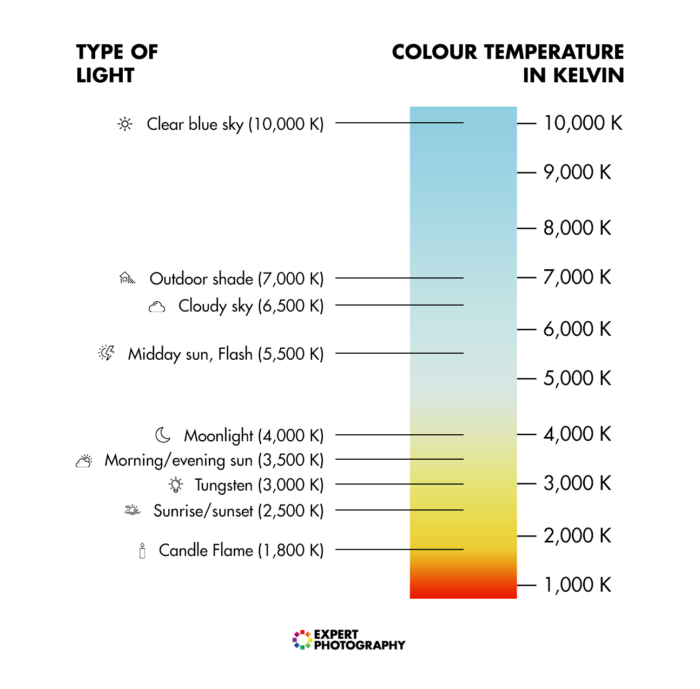
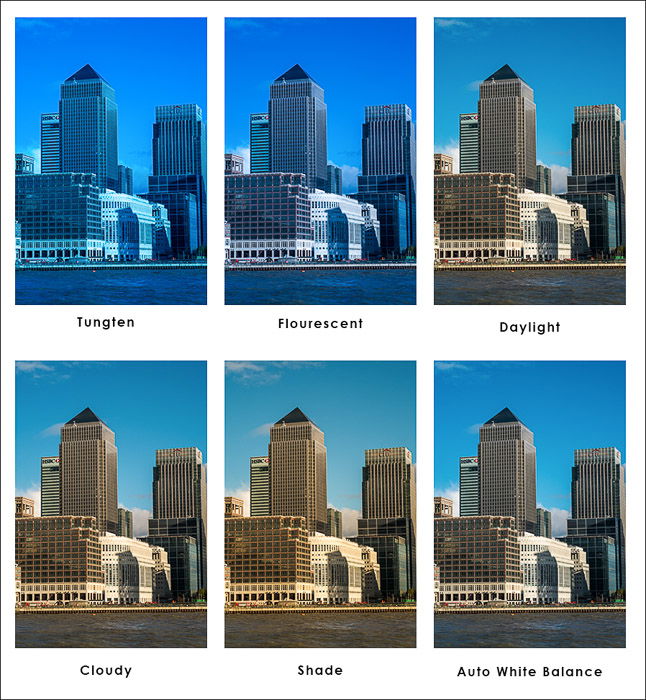
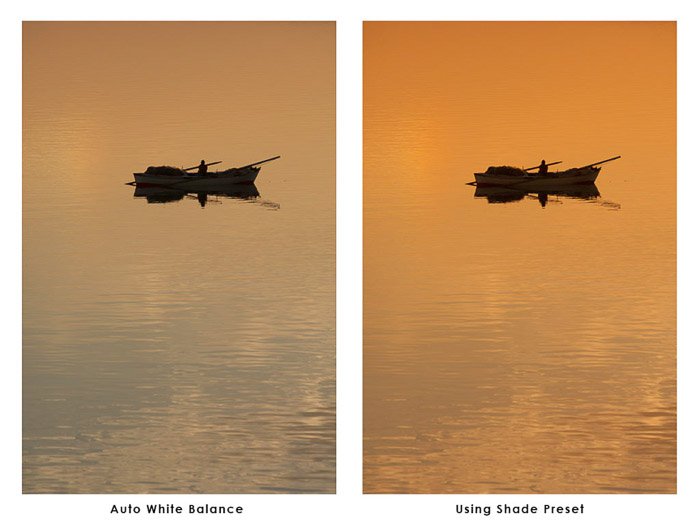

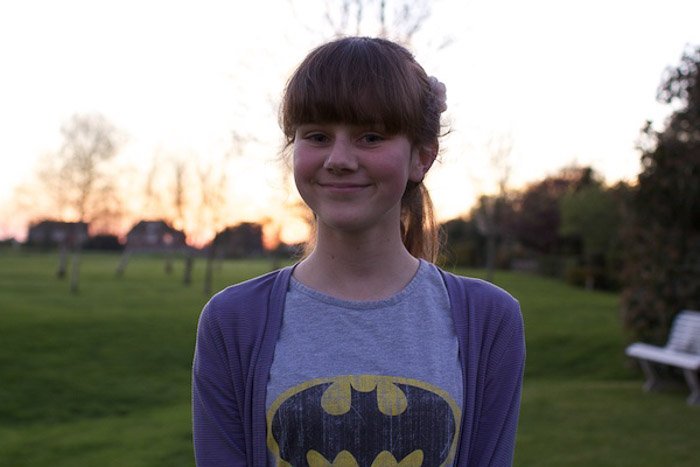
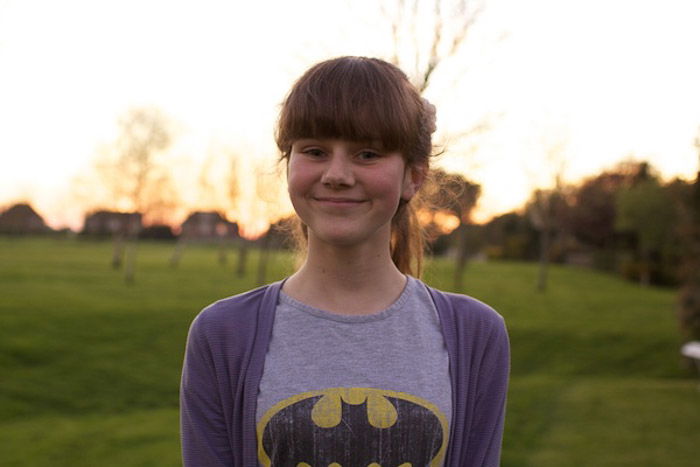
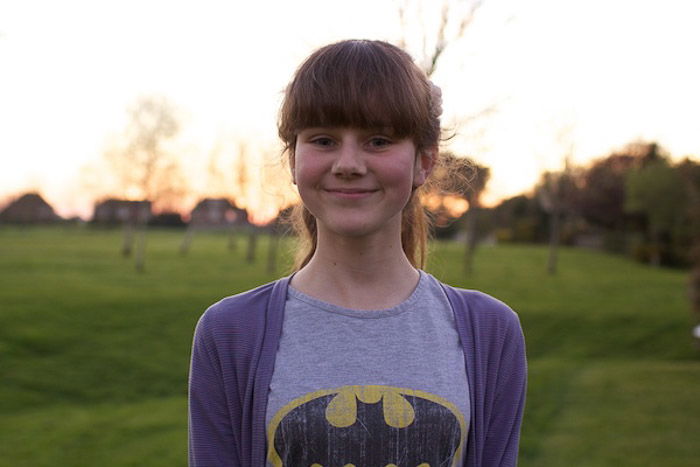
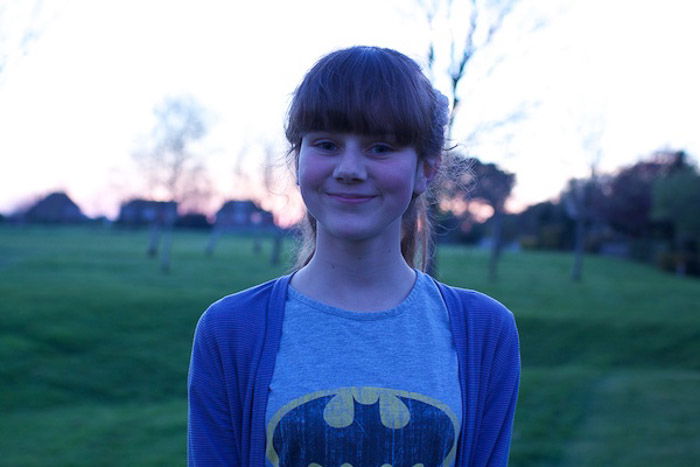
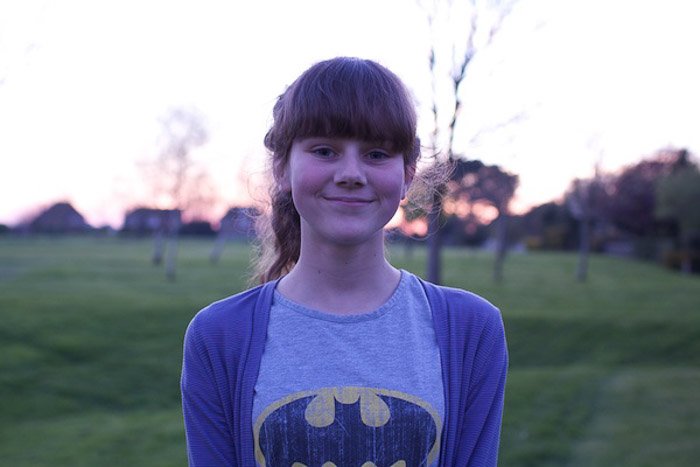

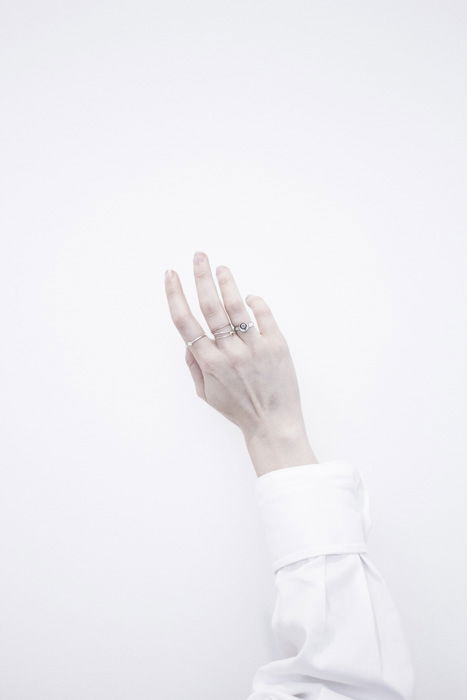
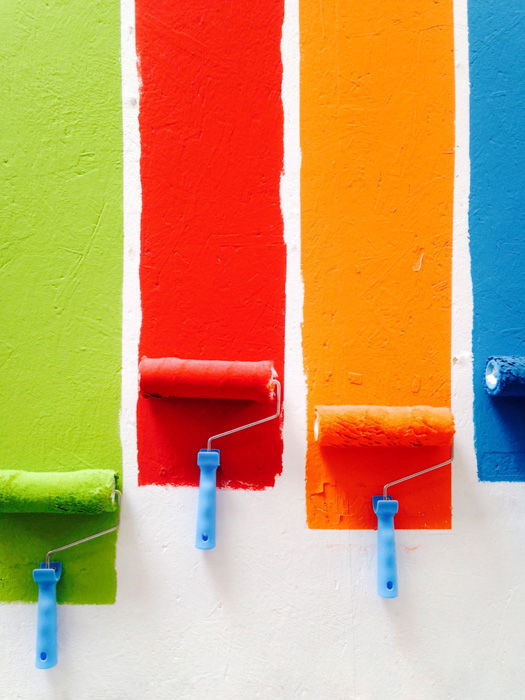
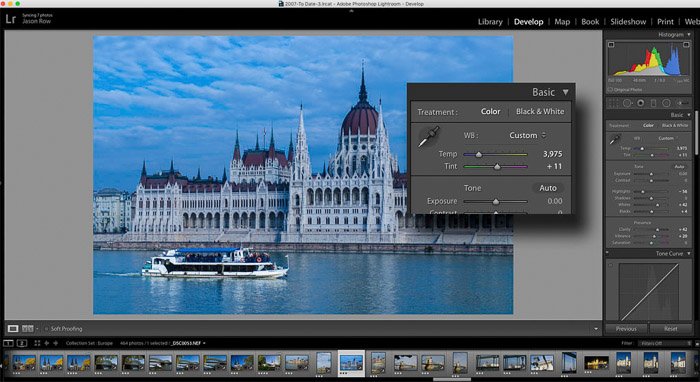
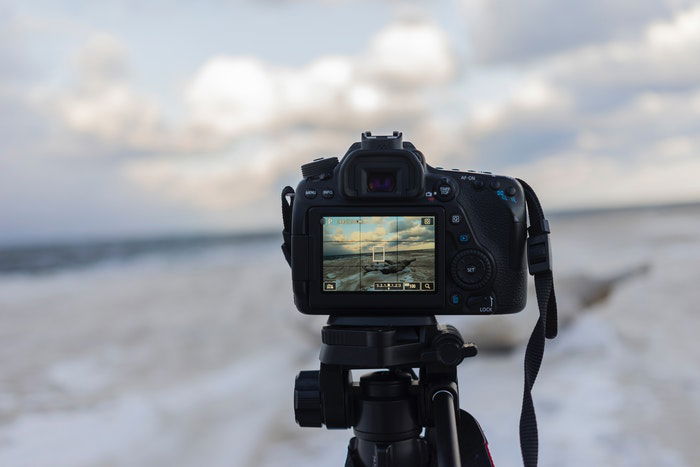


title: “How To Understand White Balance In Photography” ShowToc: true date: “2023-01-12” author: “Janice Jefferson”
How often have you returned home, uploaded images and thought, ‘Hmm, I am sure that sunset was more golden’? Or ‘this snow was much whiter’? It is essential to understand white balance because shooting with the incorrect setting can ruin your photos. This article will help you find out more and learn how to use this option in digital photography. [ExpertPhotography is supported by readers. Product links on ExpertPhotography are referral links. If you use one of these and buy something, we make a little bit of money. Need more info? See how it all works here.]
What Is White Balance in Photography?
White balance determines how accurate are the colors of your photograph. The way our eyes see colors is very different from the way our digital devices decode them. Our brain is smart and adapts to different lighting conditions. If you enter a room with a yellowish light, your eyes will still decode a piece of paper as white. Even if it looks yellow first. Digital cameras are not that clever. They only try to guess the right color temperature. In digital photography, the settings on your camera and external lighting factors control the white balance. There is huge potential for your images to look wrong when you get them up on the screen. But there is a system photographers use to get color right from the camera to the final image. All light has a color which has a temperature. Different colors of light create different temperature hues in your image. The color temperature scale used for light is the Kelvin Scale. At the lower end of the scale, 2000-4000k shows warm light of reddish yellows. At around 5500k, the color is pretty much what we see at noon on a sunny day. As the scale climbs, the light gets progressively bluer. At about 10,000K we reach the very blue light of a typical flash gun.
How Your Digital Camera Interprets Color Temperature
Our cameras have a separate temperature sensor that examines what the color cast of the light is. If we use the AWB (auto white balance) setting, we can let that sensor guess and select the right color temperature. For the most part, this sensor is very accurate. But a large block of a single color hue can fool it. For example, a prominent blue car or a woman wearing a bright red dress. In this case, the color sensor will see the image as being redder than it is in reality. And it will overcompensate by turning the image bluer and greener. This overcompensation often happens with those beautiful sunset pictures. The overabundance of red light fools the camera sensor into adding bluer. This neutralizes the scene.
White Balance Camera Preset Options
All modern digital cameras have Auto White Balance mode and also several presets. These include Tungsten lights, Fluorescent lights, Daylight, Shade, Cloudy and Flash.
If you find that a deep, overcast day gives you too much blue, switch to ‘Shade’ or ‘Cloudy’. These should warm your image up. If you are shooting under tungsten light using AWB, switch to ‘Tungsten’. This will balance out your color temperature. Use it only under tungsten bulbs. Otherwise, your photo turns into blue. You don’t always have to use a specific preset for a particular light. An excellent way to maintain the saturation of sunsets is to set the Shade or Cloudy preset. This adds extra warmth to the image and keeps that sunset looking real.
Presets are a quick and simple solution to getting good white balance photography. But they are not always perfect. Your best bet is to use a white object, or as close as you can get, to set an automatic white balance. After that, you can alter the white balance you see in the post-processing software. Preset white balance can only get you so far for accurate colors. For more help, there are plenty of photography tutorials helping you get the best out of your scene, be them with a blue sky or overcast sky. You can experiment with two other modes. We discuss the Preset (PRE) and the K options later on.
Practical Photo Examples With Preset White Balance Options
Auto White Balance is often suitable for daylight situations. In a different light, it’s guessing what the white balance should be. The most common example for this is when shooting indoors in tungsten light. To show how the different modes affect the color temperature of an image, check out the photo below. The model had the sun setting behind her. In typical digital cameras, these are the white balance settings you can choose from: Auto White Balance: Good if you don’t know what you’re doing. It works well in sunlight but is unsuitable for most situations.
Daylight: Auto white balance mode can be right in daylight but not perfect. I would use this balance in daylight. Most people tend to stick to auto. It’s because they find it the safest option in the beginning. But look how different it can get!
Shade: Auto mode makes photos look a little cold in the shade. Using this preset will be a lot more accurate.
Cloudy: Again, this is pretty self-explanatory.
Tungsten: This light comes from incandescent bulbs found in your home. Your photos will come out very warm with an almost orange color cast in this environment.
Fluorescent: This comes from tube lighting conditions found in offices and hospitals. It results in cold color temperature and can make your photos appear blue. This is also why offices have that nasty sterile feel.
Flash: This compensates for the somewhat cold light of the camera’s flash.
As you can see, the ‘Shade’ setting gives us the most accurate color temperature for that situation.
How To Customize White Balance With PRE
The color sensors in our cameras read the light reflected from our scene. But it can get confused by large blocks of color. There is a technique to customize the settings. You only have to carry a piece of grey card. Grey cards determine which white balance settings your camera should use. They are 18% grey which is a neutral hue. To use grey cards, take a photo of the card so that it fills the whole frame of your camera. Then set this as the white balance inside your camera. The camera sees the difference between the result and the neutral hue. It determines the balance from that. This light information can be stored as a preset. The reason you’d use a grey card and not a white one is simple. If you overexpose any color enough, it’ll come out as white. White balance is about color, not brightness. You took the grey photo in the same lighting environment as the rest of your photos. So the camera knows exactly how much to adjust the balance if the light source does not change too much. This is the most accurate way possible to capture color on the cheap and I can’t recommend it enough.
How To Set The Color Temperature With The K-Option
You can also adjust the color temperature manually. Choose the K option and change the value. Your photo of the same scene will be in a different color. Color Temperature/Kelvin: This is for professional photographers setting the value themselves. The scale is in Kelvin (K), named after the man who created it. You can set degrees K to get the ideal results. For example, sunlight is approximately 5200 K. A different light has a different K value. Tungsten is around 3200 K. Not all tungsten lights give out the same color temperature. If you are shooting under one that is less red, you can increase the color temperature. Try going from the preset 2500 K to 2800 K to get a more natural look. The more you decrease the value, the bluer your photo becomes. Increasing the K value will lead to warm color tones. This method is excellent when you are shooting indoors with strobe lights.
Which White Balance Setting Is Best for Me?
You have five options:
Tips for Shooting in RAW for Accurate White Balance
Many of you already shoot RAW. One of the reasons that you do so is because it allows you to set the white balance in post-production. When you shoot a RAW file, your camera measures and applies white balance as a reference. But you can change this in Camera RAW, Lightroom or any other RAW processing software. There is an issue here, though. If you shoot only RAW, you have no real reference to how the lighting setup was in the original scene. You only see the camera’s interpretation of it. A better option is to use one of the techniques above when shooting RAW. RAW formats give you more freedom to play with during the post-production phase. But, even with shooting RAW, problems can arise from trying to find an automatic white balance. For example, when you use mixed lighting. It means that there isn’t one light source to base your white balance on. The natural and the fluorescent light in the same scene will fool your camera. Then it’s your turn to decide which source of light you want to use for the white balance. Choosing the natural light source as the base often results in more realistic pictures.
How Do I Adjust White Balance on my Camera?
There is no exact answer to this, hence I have left it to the end. Using the principles in this article, you can adjust the settings on your digital camera. Changing the camera white balance very much depends on the make of your camera and the model. Professional-level cameras often have a dedicated button to access white balance presets. You can also set a Kelvin value manually. This happens through buttons and dials on the body itself. On lower-level cameras, you may well find you can choose presets from the menu system. You can find this in the shooting settings. My advice is to experiment with different white balances on some non-essential shoots.
Conclusion
As with many things in photography, the more you practice, the more you confident you get. It is important to understand color temperatures and white balance in digital photography. Master the exposure triangle first, and then study the camera white balance as the next step. Take the time to practice it. It’s about understanding how the color of light affects the way your image looks. By dictating the photography white balance, you can set the mood and feel of a picture. The automatic mode won’t do this for you. So don’t be afraid to try different settings! We have a great article on how to correct white balance in Photoshop and Lightroom you should check out too. For handy photography tips on the go, check our Cheat Sheets!

















